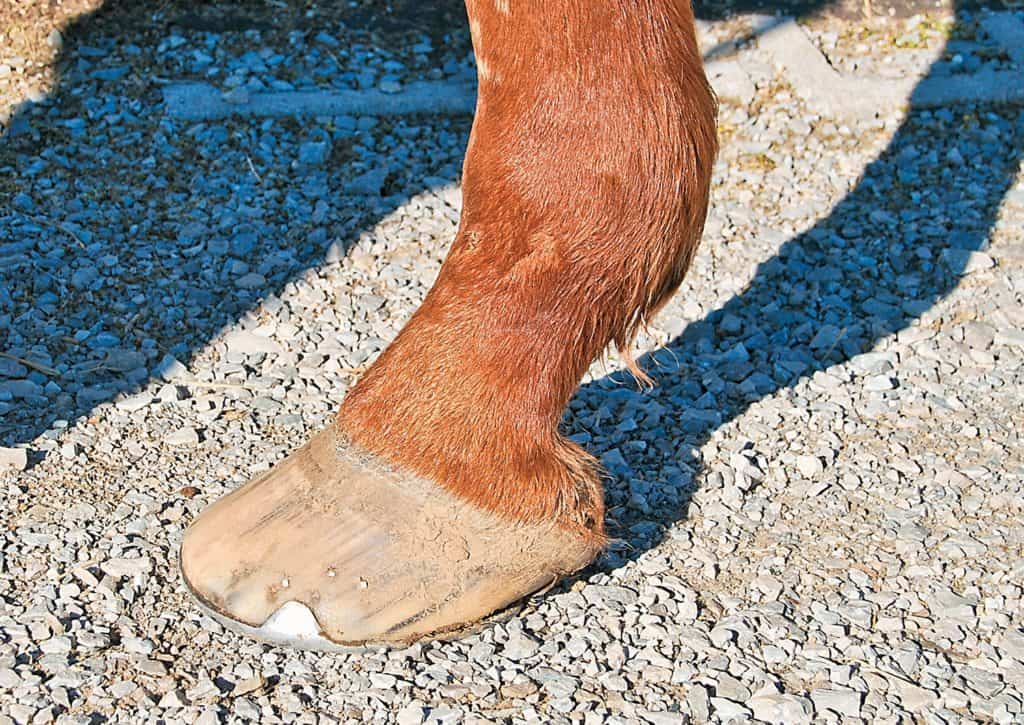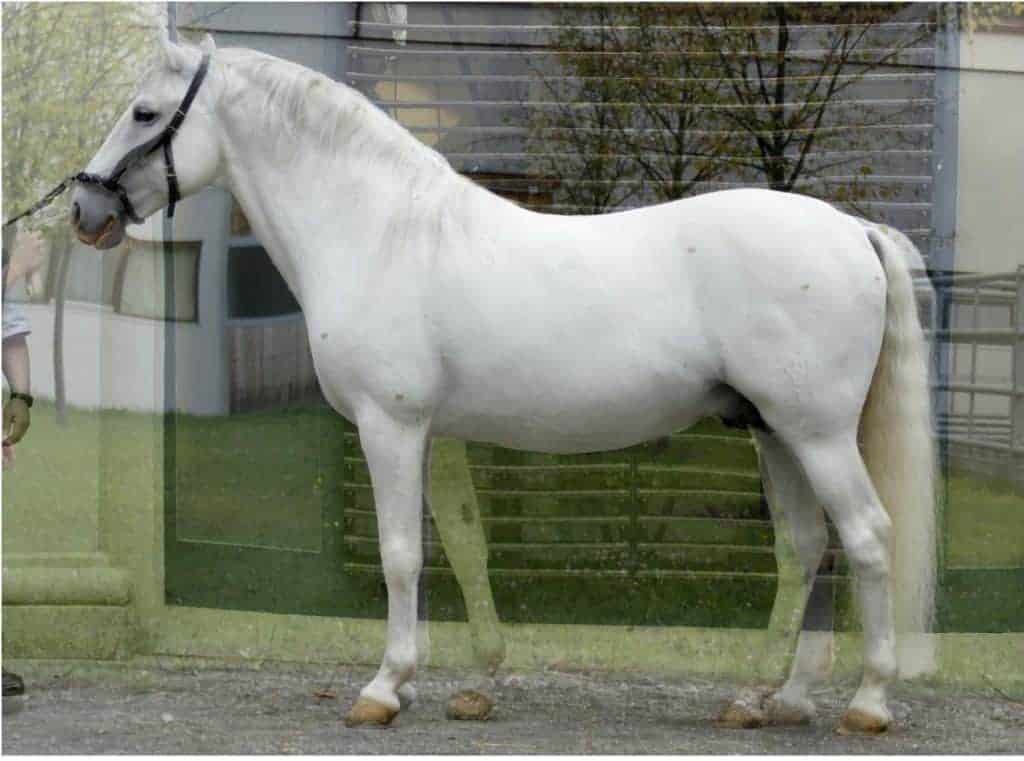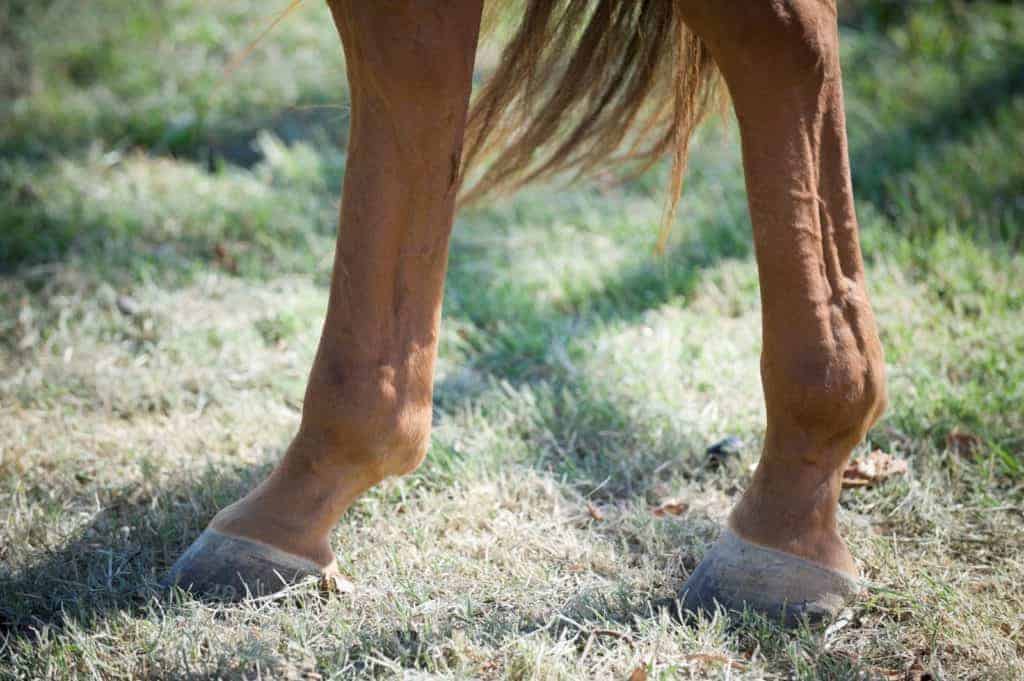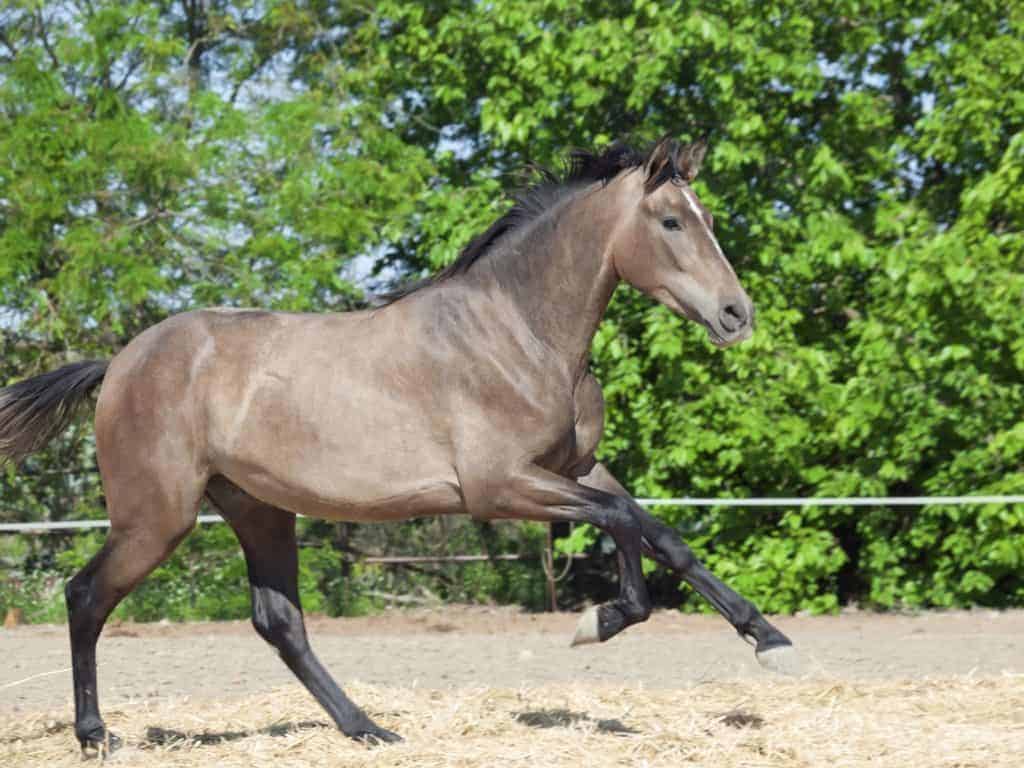
Hot Topics in Hoof Care, Part 4: The Abnormal Horse Hoof
Hoof care experts discuss common equine foot issues, including club feet, underrun heels, and mismatched feet.

Hoof care experts discuss common equine foot issues, including club feet, underrun heels, and mismatched feet.

Horses’ knees are prone to both congenital and acquired lameness problems. Here’s what you need to know.

There is no one ideal body type; there are, however, conformation traits that can affect performance across the species.

Follow these tips when searching for the best four-legged trail riding partner.

Of the 1,150 respondents, 440 (38%) said their ideal horse would stand at least 15 hands but less than 16 hands.

Would a horse with long-toed, low-heeled conformation benefit from allowing their hooves to grow out naturally?

Scientists applied precise, objective mathematical analysis to the subjective art of horse breeding evaluations.

Researchers are always working to determine which deviations from the norm are performance-limiting.

Good health and soundness in 4- to 5-year-olds goes a long way in keeping horses performing long-term, researchers said.

Of the 652 respondents, 236 (36%) said cow hocks are the least-worrisome hind-limb conformation fault.

It’s time to take a step back and review the specialized structure and function of the equine body.

Learn about the splint bones, common problems, and treatments to alleviate those problems in horses.

Of 766 voters, 29% said they worry most about buck or calf knees.
The clinic will feature a presentations focusing on conformation from a veterinary perspective.
Lecture topics will include planning a mating, nutrition, foaling, farm and pasture management, and more.

Neurologic signs, weakness, gait changes, and forelimb lameness can all point to an equine neck condition.
Stay on top of the most recent Horse Health news with
"*" indicates required fields